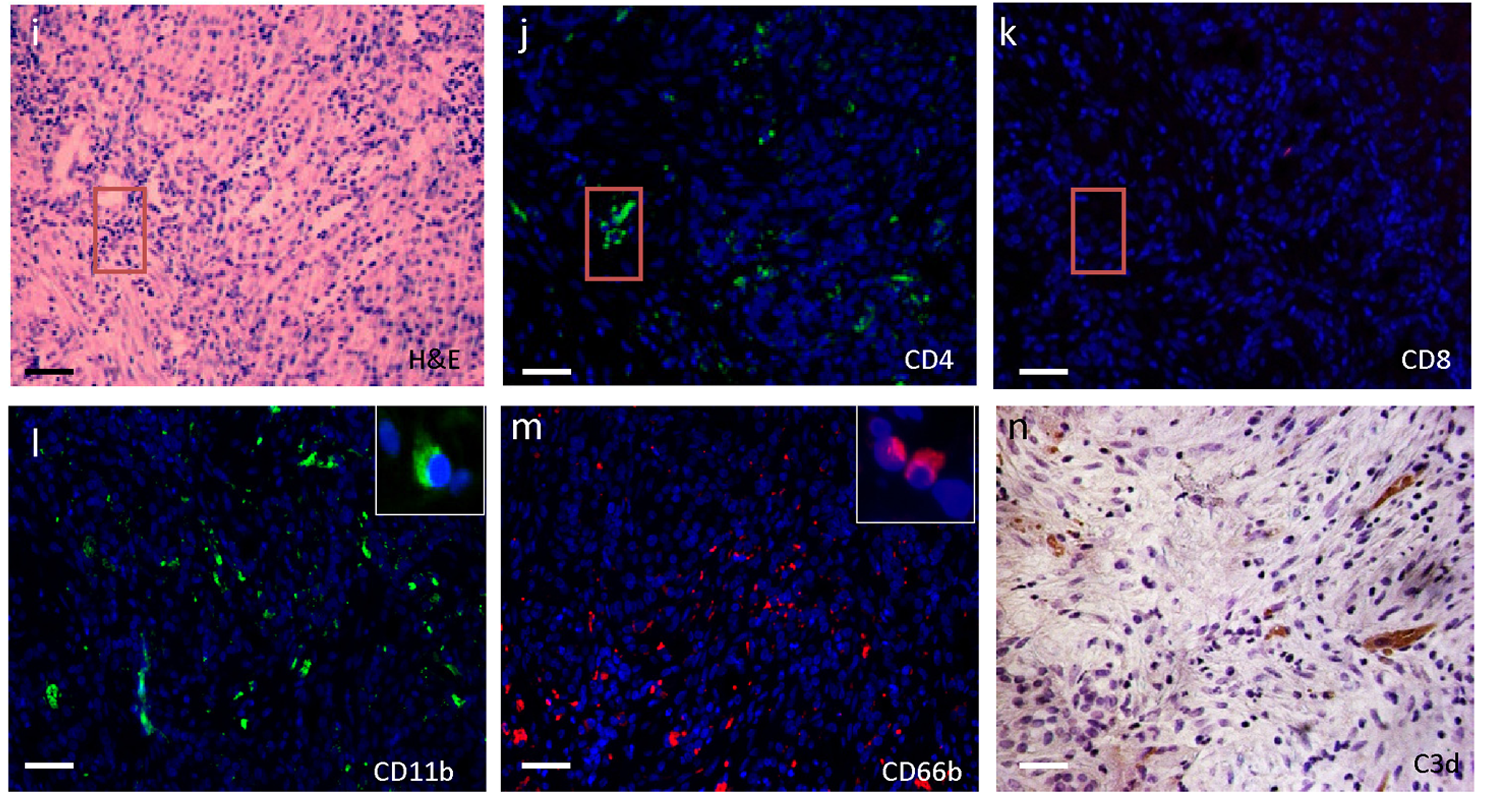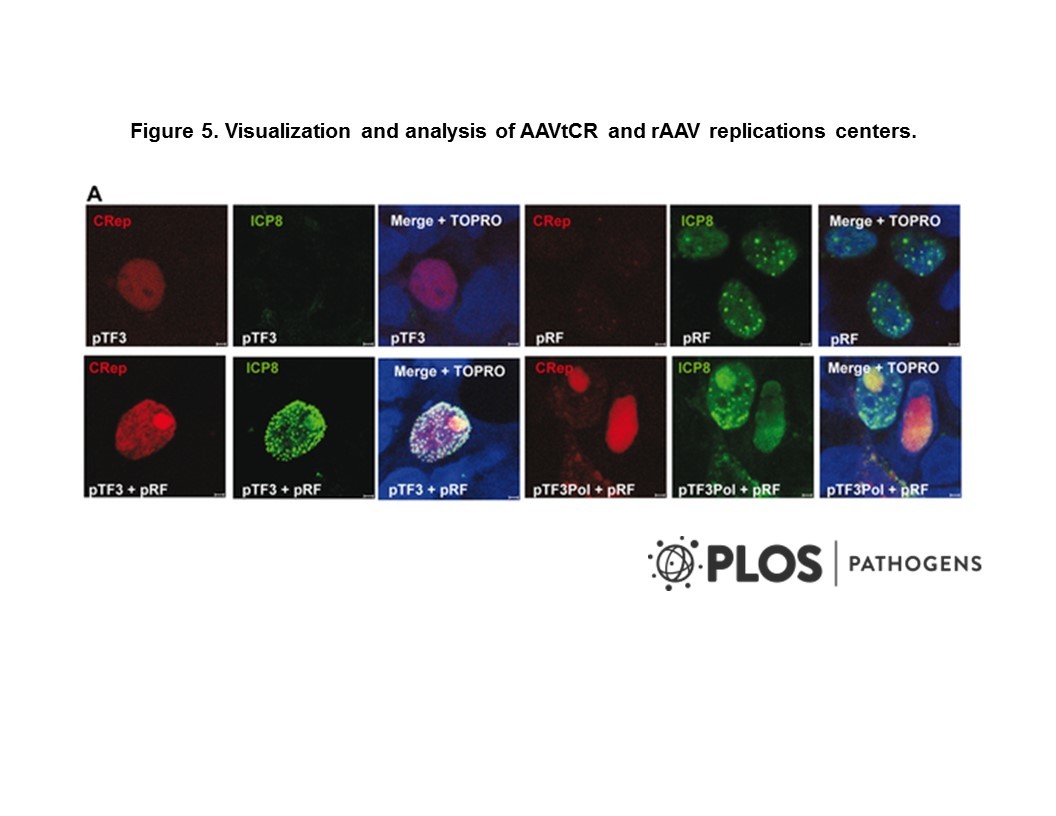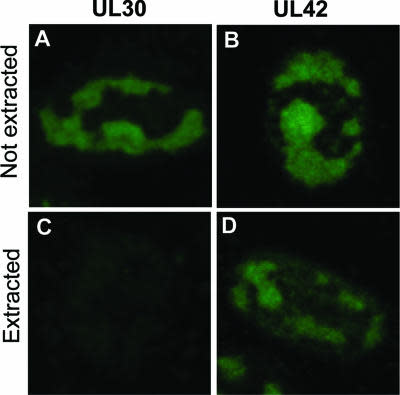Cat. #158384
Histone deacetylase 2 (HDAC 2) knockout mouse embryonic stem cell line
Cat. #: 158384
Sub-type: Continuous
Unit size: 1x10^6 cells / vial
Tissue: Embryo
Disease: Embryo Lethality
Model: Knock-Out
£575.00
This fee is applicable only for non-profit organisations. If you are a for-profit organisation or a researcher working on commercially-sponsored academic research, you will need to contact our licensing team for a commercial use license.
Contributor
Inventor: Shaun Cowley
Institute: University of Leicester
Tool Details
*FOR RESEARCH USE ONLY
- Name: Histone deacetylase 2 (HDAC 2) knockout mouse embryonic stem cell line
- Alternate name: HDAC2
- Tool sub type: Continuous
- Parental cell: E14 ES cell line expressing an inducible Cre/Estrogen Receptor (CreER) construct from the endogenous ROSA26 locus
- Tissue: Embryo
- Disease: Embryo Lethality
- Model: Knock-Out
- Conditional: Yes
- Conditional description: Induction of Cre activity by addition of 4-hydroxy tamoxifen (OHT) to the growth media resulted in complete recombination of each allele and deletion of exon 2 (HDAC1ÄÂ?Â2/ÄÂ?Â2 or HDAC2 ÄÂ?Â2/ÄÂ?Â2) within 24 h
- Description: Responsible for the deacetylation of lysine residues on the N-terminal part of the core histones (H2A, H2B, H3 and H4). Histone deacetylation gives a tag for epigenetic repression and plays an important role in transcriptional regulation, cell cycle progression and developmental events. Histone deacetylases act via the formation of large multiprotein complexes. Histone deacetylases (HDAC) 1 and 2 are highly similar enzymes that help regulate chromatin structure as the core catalytic components of corepressor complexes. Although tissue-specific deletion of HDAC1 and HDAC2 has demonstrated functional redundancy, germ-line deletion of HDAC1 in the mouse causes early embryonic lethality, whereas HDAC2 does not.
- Production details: E14 ES cells, expressing a CreER fusion protein from the ROSA26 locus, were used to generate HDAC1Lox/Lox; CreER and HDAC2Lox/Lox; CreER cell lines by consecutive rounds of gene targeting.
- Recommended controls: E14 ES parental line
Target Details
- Target: Histone deacetylase 2
Applications
- Application notes: Loss of exon 2 via the conditional KO disrupts the ORF of both HDAC1 and HDAC2 such that a premature stop codon is introduced in exon 3. Following this deletion of exon 2 a further 4?Â5 days of culture are required before HDAC1 and HDAC2 protein levels are reduced below 10% of those of control cells. Conditional deletion of HDAC1 or HDAC2 does not inhibit the growth or differentiation capacity of ES cells. Loss of HDAC1, but not HDAC2, Causes Enhanced Differentiation of Embryoid Bodies.
Handling
- Format: Frozen
- Unit size: 1x10^6 cells / vial
- Shipping conditions: Dry ice
References
- Dovey et al. 2010. Proc Natl Acad Sci U S A. 107(18):8242-7. PMID: 20404188.







